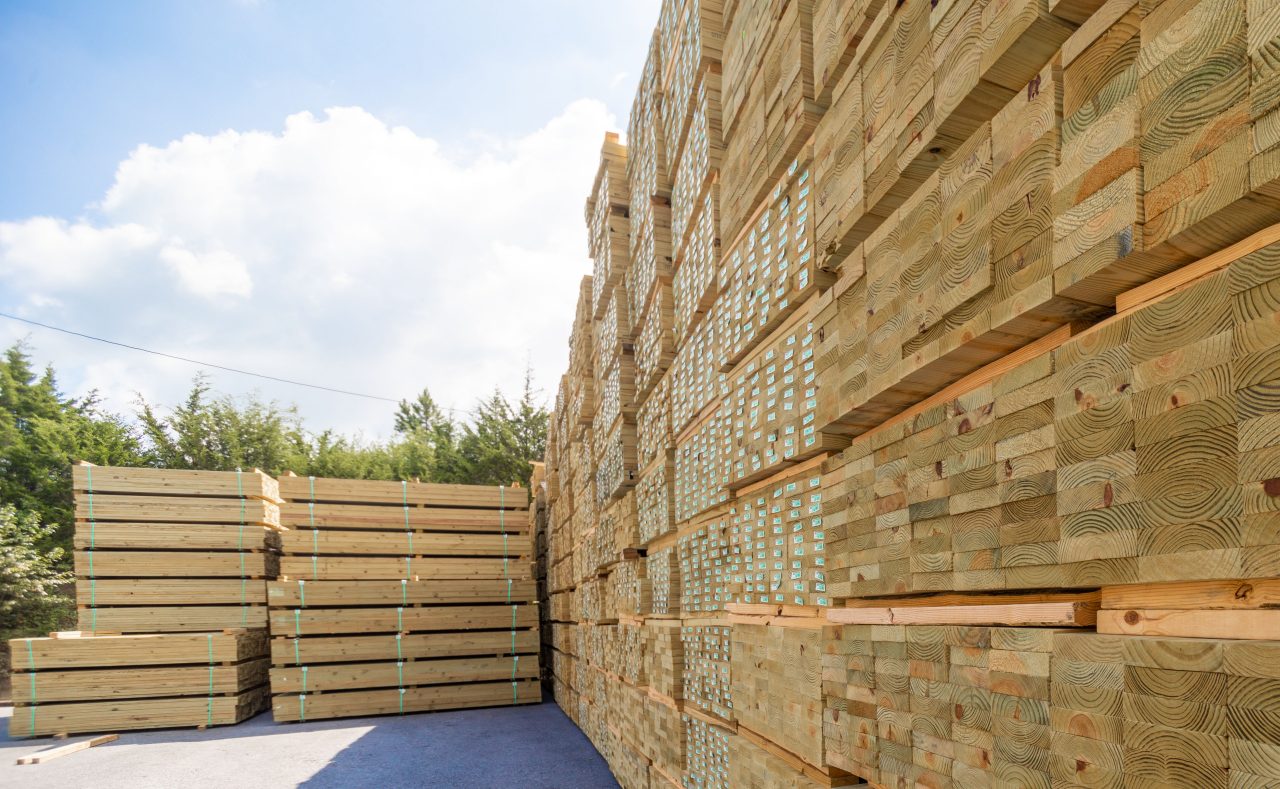Proposition 65
Consumer Safety Information – Proposition 65
This wood has been preserved by pressure treatment with an EPA-registered pesticide containing Chromated Copper Arsenate (CCA) or Ammoniacal Copper Zinc Arsenate (ACZA) to protect it from termite attack and decay. Wood treated with CCA or ACZA should be used only where such protection is important. CCA and ACZA penetrate deeply into and remain in the pressure treated wood for a long time. Some chemicals, however, may migrate from treated wood into surrounding soil over time and may be dislodged from the wood surface upon contact with skin. Exposure to CCA or ACZA may present certain hazards. Therefore, the following precautions should be taken both when handling the treated wood and in determining where to use and dispose of the treated wood.
Use Site Precautions
All sawdust and construction debris should be cleaned up and disposed of after construction.
Do not use treated wood under circumstances where the preservative may become a component of food or animal feed. Examples of such sites would be use of mulch from recycled arsenic-treated wood, cutting boards, counter tops, animal bedding, and structures or containers for storing animal feed or human food.
Only treated wood that is visibly clean and free of surface residue should be used for patios, decks and walkways.
Do not use treated wood for construction of those positions of beehives, which may come in contact with honey.
Treated wood should not be used where it may come into direct or indirect contact with drinking water, except for uses involving incidental contact such as docks or bridges.
Handling Precautions
Treated wood should be disposed of by ordinary trash collection services; treated wood should not be burned in open fires or in stoves, fireplaces, or residental boilers because toxic chemicals may be produced as part of the smoke and ashes.
Treated wood from commercial or industrial use (e.g., construction sites) may be burned only in commercial or industrial incinerators or boilers in accordance with State and Federal regulations.
Avoid frequent or prolonged inhalation of sawdust from treated wood. Wear a dust mask whenever sawing, sanding, and machine treated wood. Whenever possible, these operations should be performed outdoors to avoid indoor accumulations of airborne sawdust from treated wood.
When power-sawing and machining, wear goggles to protect eyes from flying particles.
Wear gloves when working with the wood. After working with the wood, wash exposed areas thorougly before eating, drinking, smoking, and toileting.
Because preservatives or sawdust may accumulate on clothes, they should be laundred before reuse. Wash work clothes separately from other household clothing.




